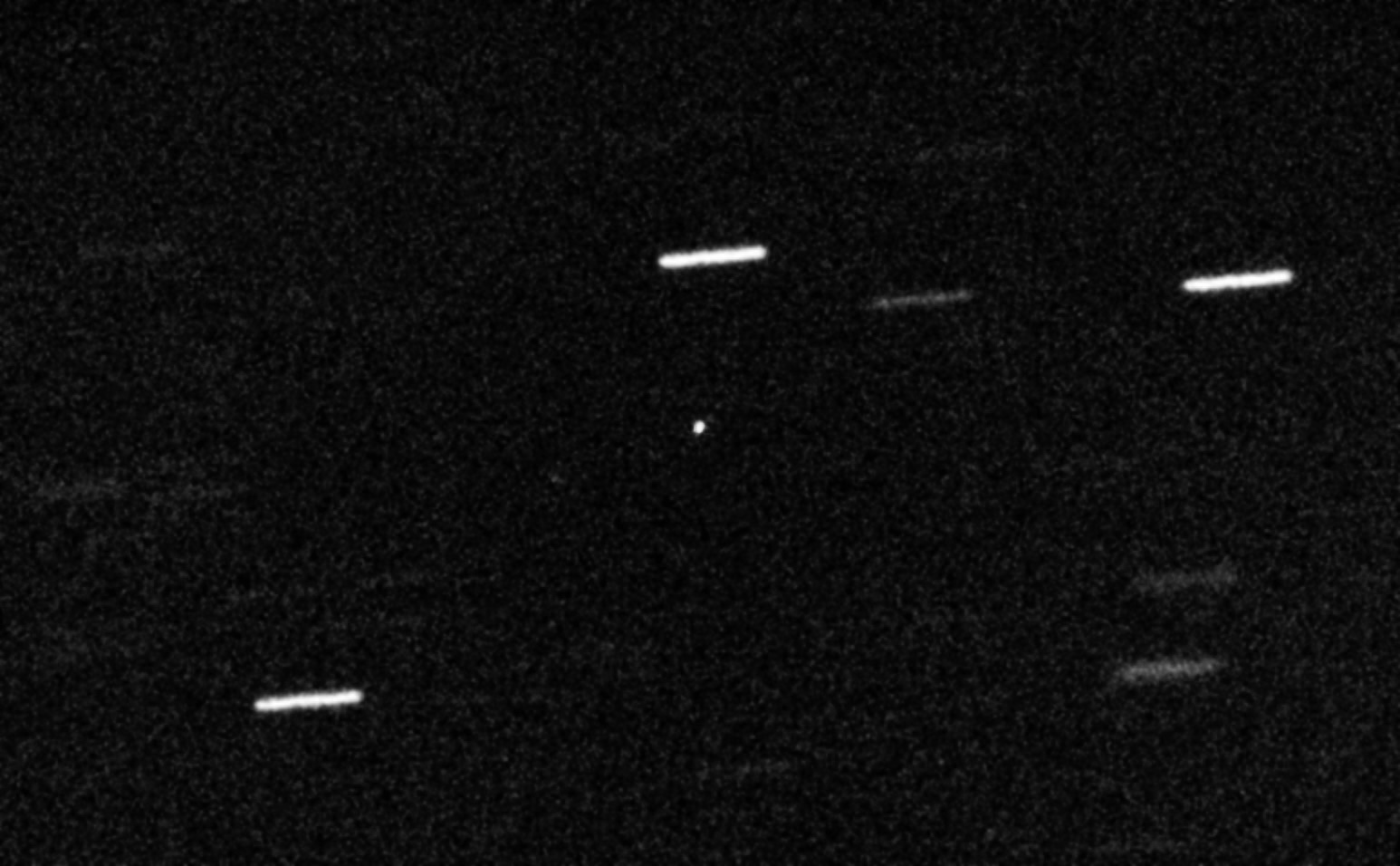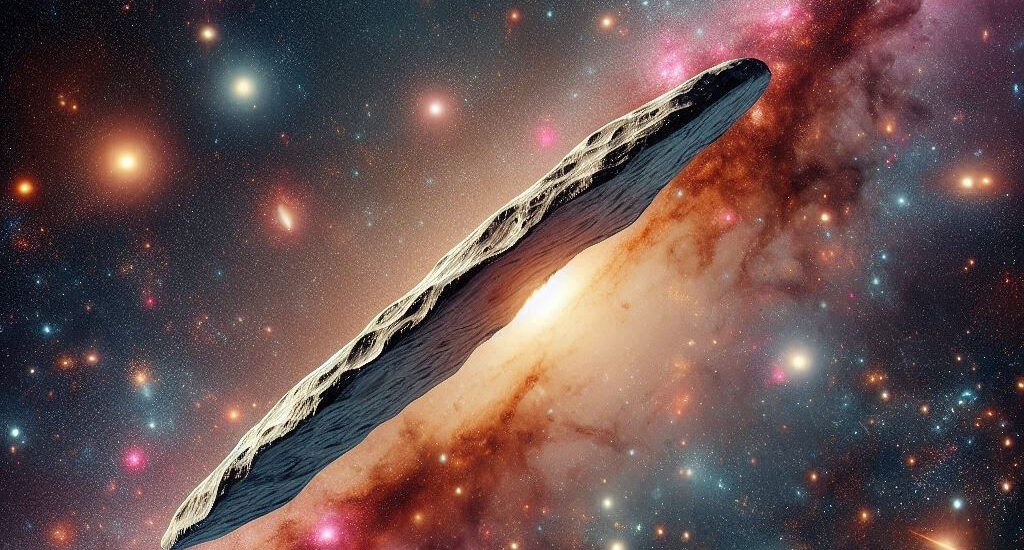Meet ʻOumuamua: The Cosmic Weirdo

ʻOumuamua (pronounced oh-MOO-uh-MOO-uh) showed up with zero warning. It was long gone by the time scientists could really point all their fancy instruments at it. But in the short time we watched, we saw some head-scratchers.
- No tail — no gas, no dust, not your typical comet behavior.
- It sped up — slightly accelerated as it left the solar system. Weird.
- Strange shape — long and thin or maybe pancake-flat, and tumbling.
This wasn’t your granddad’s space rock. Some scientists even suggested it could be artificial—like maybe, just maybe, a derelict alien light sail floating through the cosmos.
Enter Borisov: The Good Ol’ Comet Next Door (From Another Star)

When Comet 2I/Borisov arrived in 2019, astronomers let out a collective sigh of recognition. This thing acted like it read the comet handbook:
- Bright coma and tail
- Outgassing like a pro
- Matched known comet chemistry
Sure, it came from another star system, but otherwise? Borisov was totally normal. A tourist, yes, but the kind that follows the rules and doesn’t cause a scene.
🛸 Quick Comparison Chart
| Feature | ʻOumuamua | Comet Borisov |
|---|---|---|
| Type | Uncertain (maybe asteroid or exotic ice fragment) | Clearly a comet |
| Visible Tail? | No | Yes |
| Acceleration? | Yes — unexplained | No — followed gravitational rules |
| Alien Speculation? | Yes (light sail theory) | Nope |
| Behaved Normally? | Nope | Yes |
Final Thoughts: Watch the Skies
What makes all this so exciting isn’t just the alien stuff (though that’s fun too). It’s the fact that we’re finally seeing stuff from other star systems.
For centuries, we’ve only studied what’s in our own solar sandbox. But now we know space debris from other suns is flying through all the time—and we’re just starting to catch it.
So keep your eyes on the sky. We’ve had two interstellar visitors in just a few years. There’s bound to be more on the way—and who knows? One of them might finally answer the big question:
Are we alone out here?









